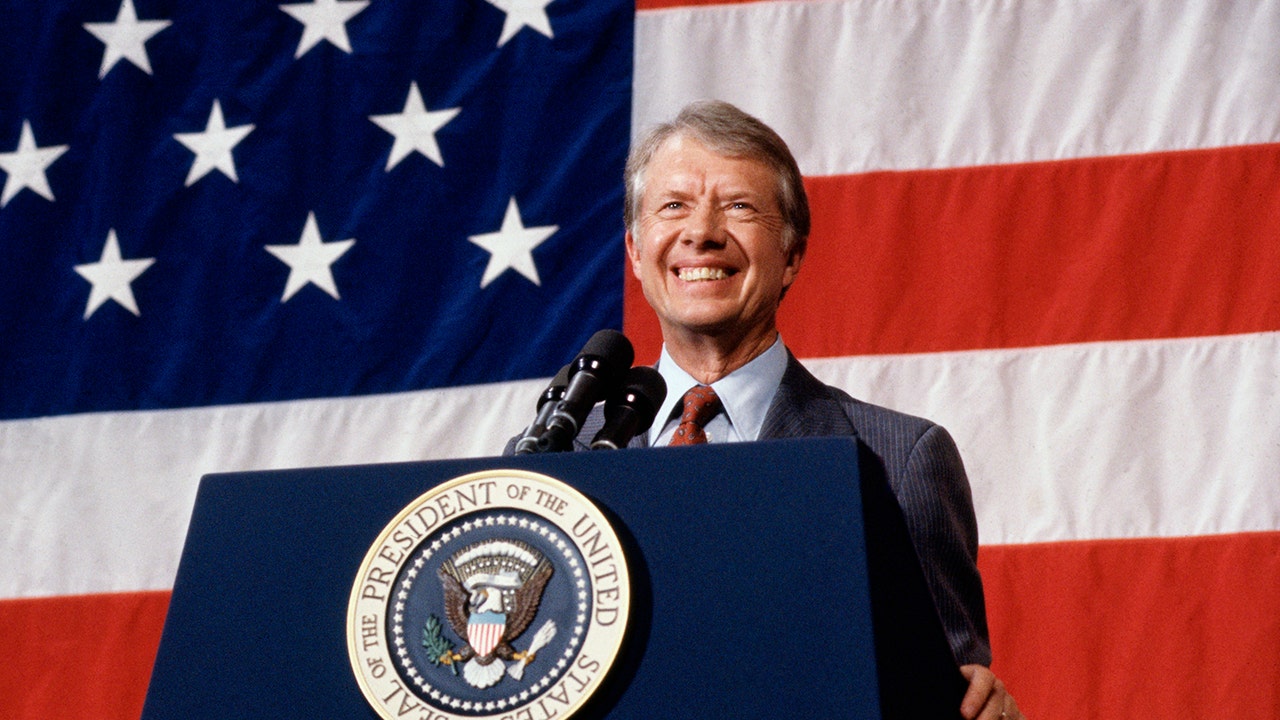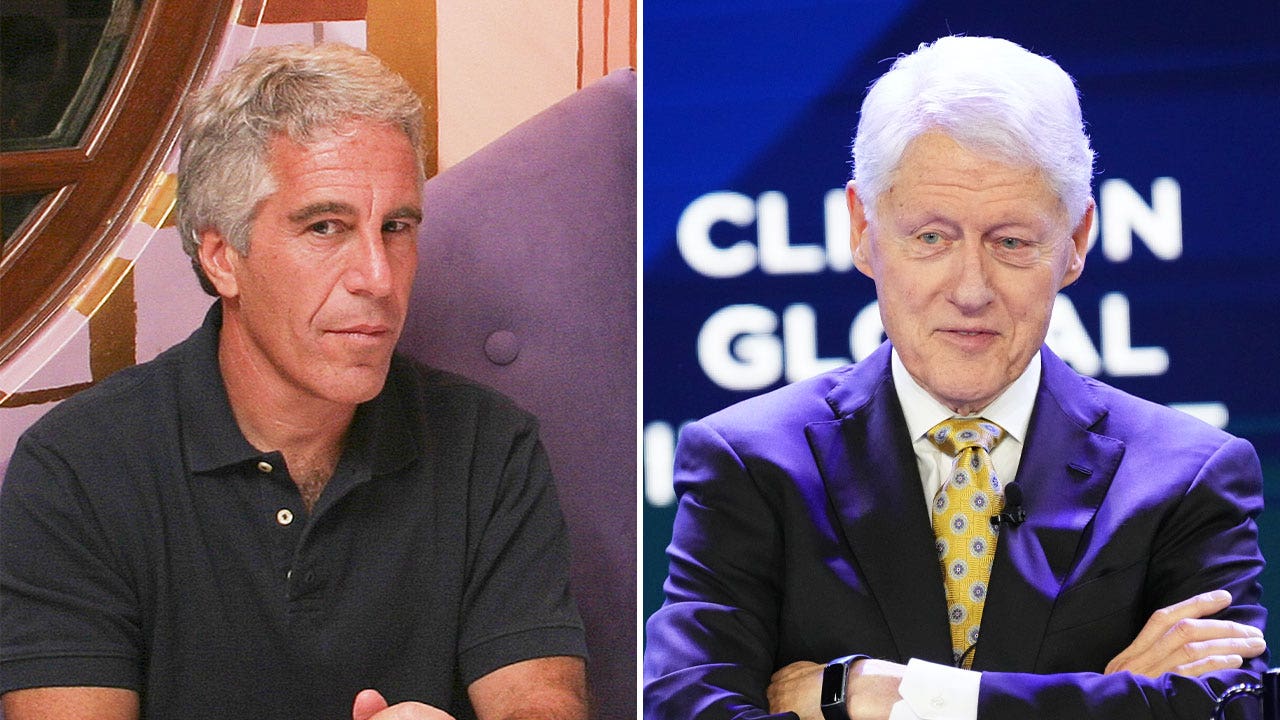Judicial legacy: Carter nominees reshaped federal benches across the country

Former President Jimmy Carter’s impact on the federal judiciary during his single term in the White House cannot be understated. Despite not having the opportunity to appoint a Supreme Court justice, Carter made history by appointing a record number of federal judges, totaling 262 appointments during his four years in office. These appointments were groundbreaking in their diversity, as Carter prioritized appointing minority and female jurists to the federal bench.
Carter’s commitment to diversifying the judiciary was evident in his creation of the Circuit Court Nominating Commissions, which identified potential judicial candidates to ensure that the courts reflected the populations they served. This led to the appointment of 57 minority judges and 41 female jurists, paving the way for greater representation on the federal bench.
While Carter did not directly appoint any judges to the Supreme Court, two of his appellate court nominees went on to serve on the nation’s highest court. Stephen Breyer and Ruth Bader Ginsburg, both appointed by Carter to the U.S. Appeals Court, were later appointed to the Supreme Court by President Bill Clinton in the early 1990s. Their impact on the court was significant, with Breyer retiring in 2022 and Ginsburg passing away in 2020.
Ginsburg, in particular, was praised for her trailblazing work on gender discrimination and often credited Carter for his efforts in reshaping the judiciary. In a speech at the American Constitution Society, Ginsburg acknowledged Carter’s role in increasing the number of women on the federal bench, stating that “Women weren’t on the bench in numbers, on the federal bench, until Jimmy Carter became president.”
Carter’s legacy in the federal judiciary continues to be felt today, as his appointments helped diversify the bench and ensure that the courts more accurately reflect the population they serve. His commitment to inclusivity and diversity in the judiciary paved the way for future generations of judges and set a precedent for the importance of representation on the federal bench.




